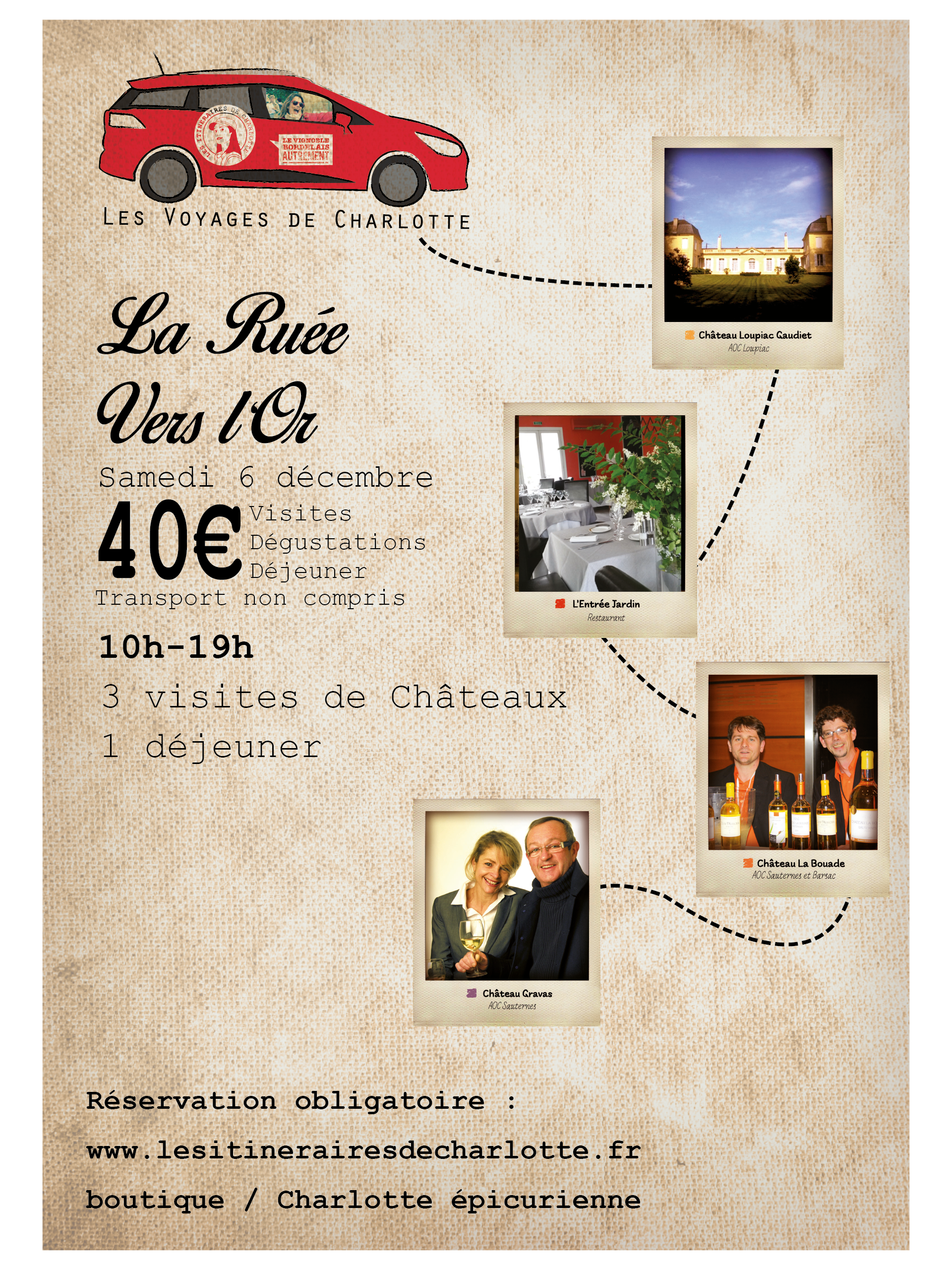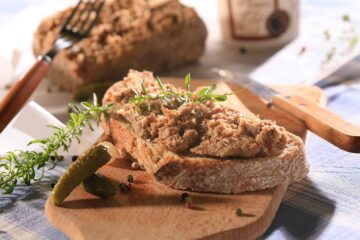A terrine French pronunciation most commonly refers to a French forcemeat loaf similar to a pâté, made with more coarsely chopped ingredients. Terrines are usually served cold or at room temperature. Most terrines contain a large amount of fat as well as pork, although it is often not the main ingredient: Many terrines are made with typical French game meat, like deer and boar (which are generally not eaten any other way in France).[citation needed]
The word is also, though less commonly, used to refer to other foods cooked or served in the eponymous dish.
A terrine is a dish of ground meat, organ meat, seafood, vegetables, boiled eggs, herbs and/or other seasonings packed or layered in a ceramic or steel loaf-shaped mold, cooked in a water bath, cooled, turned out and sliced for serving.
Says Westermann, “A terrine is a terrine because of the pan it is cooked in. Some pâtés are terrines — it depends on the dish the pâté was cooked in. And not all terrines are pâtés. You can also make terrines from many things, even vegetables. My favorite is probably the pâté en croute we serve at Drouant in Paris. Very classic and delicious.”


